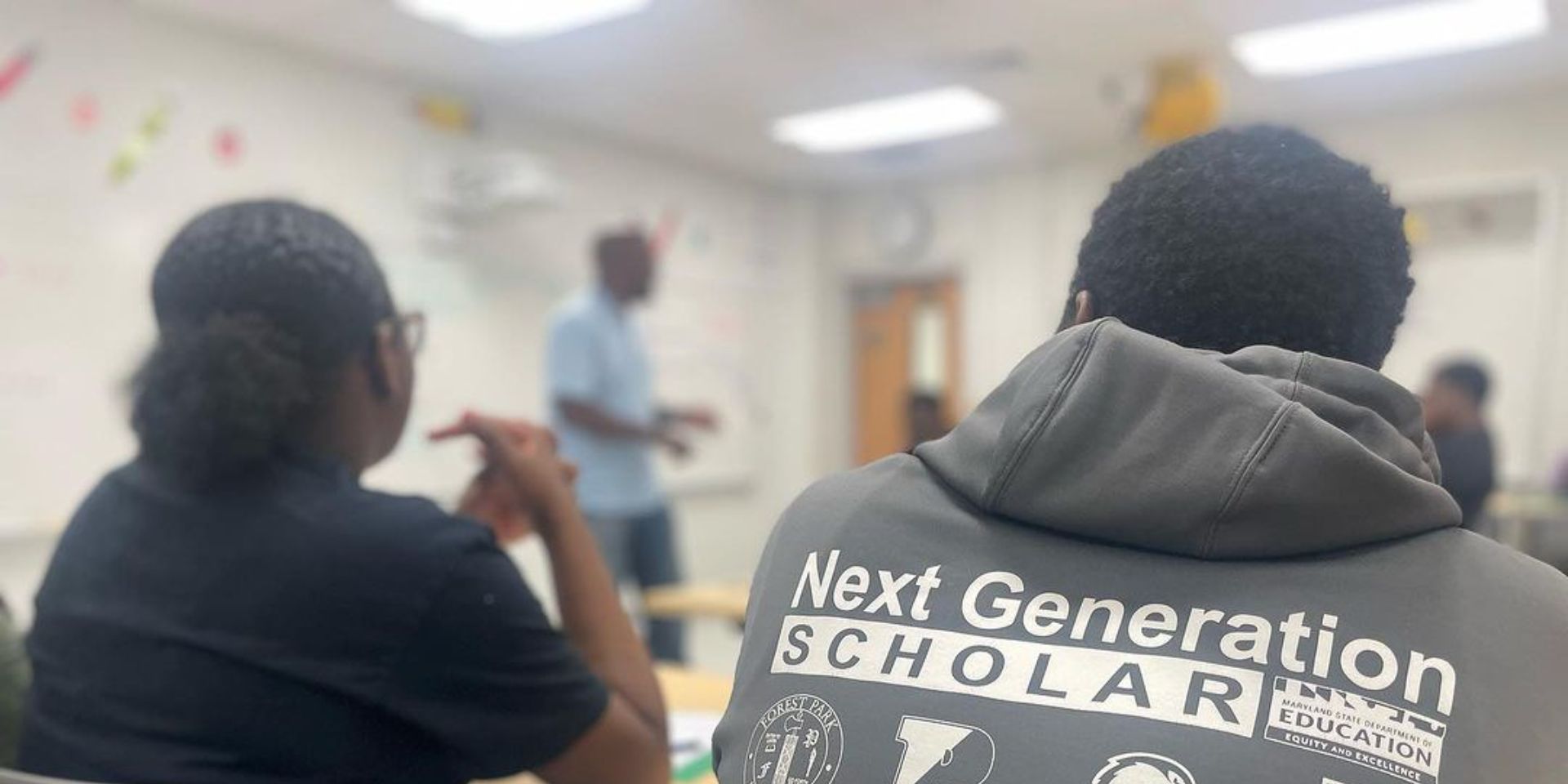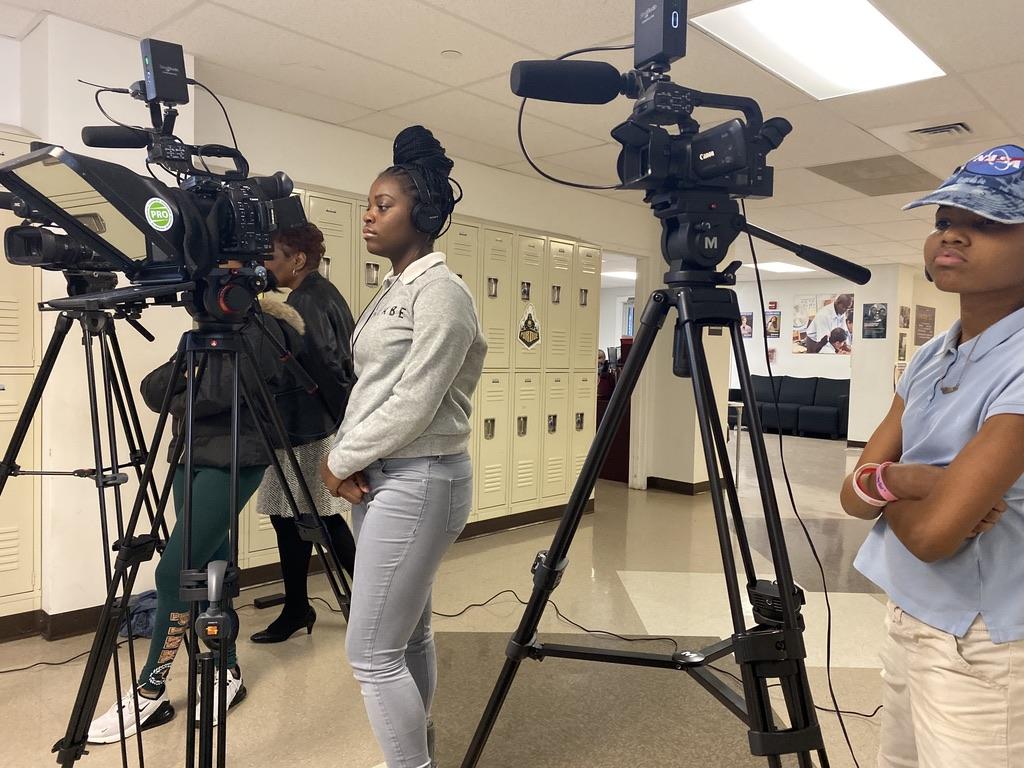There are over 2,000 colleges and universities in the United States! It's important to choose the one that is right for you. Once a balanced college list has been established, students can begin applying through a variety of different applications, including:
Or students can also apply sometimes directly using a college's specific application listed on their website. We encourage students and families to utilize Naviance, the City Schools Navigator Center, and our professional school counselors for direct support.
Naviance Resources


